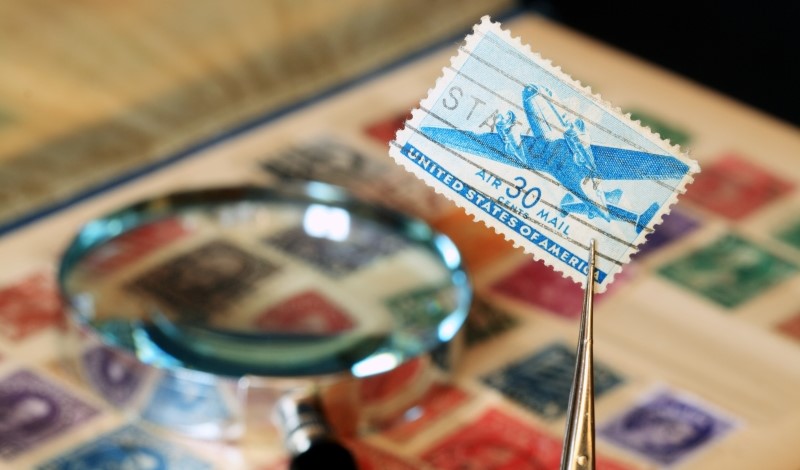
The U.S. Postal Service adopts final rule aimed at reducing postage fraud.
People tend to like the U.S. Postal Service. In fact, a 2020 survey by the Pew Research Center showed that 91 percent of American adults held a favorable view of the Postal Service—a full 10 percent more than reported favorable views of any other agency. Some government officials call the Postal Service the “most trusted agency in the nation.”
Yet for years, counterfeit stamp-makers have been defrauding this agency of the funds it needs to provide public services. In response, the beloved Postal Service has recently changed its rules about mail marked with fake postage.
These rule changes aim to reduce both incidences of fraud and the amount of funds wasted on delivering mail marked with fake postage.
The Postal Service is self-financing, which means it generally receives no federal funds for its operating expenses. Instead, the agency relies on the sale of “postage, products, and services” to fund the processing of over 421 million pieces of mail each day.
So when counterfeit stamp-makers enter the market, they not only deprive the Postal Service of necessary funds, they constrain the Service’s limited resources and, according to Chief Postal Inspector Gary Barksdale, undermine the “sanctity of the mail.” Furthermore, these counterfeiters seek delivery services without payment, which constitutes fraud.
Of course, errors in the mail delivery process occur even without fraud. The Postal Service distinguishes between normal postage errors, such as insufficient or missing postage, which might reflect an honest mistake, and postage curated to fool the Postal Service into delivering mail for free.
Existing rules stipulate that for those normal postage errors, mail should be returned to the sender. But because those who send mail with counterfeit postage often use false names and fictitious return addresses, it can be hard to track counterfeiters down, return the mail to the sender, and charge them with fraud.
Under the recent rule changes, if the Postal Service determines that the postage on any package or envelope in the mail stream is counterfeit, it will label the mail as “abandoned” and dispose of it at its own discretion. In this way, the Postal Service can prevent the crime of seeking delivery without payment by simply refusing to deliver mail marked with counterfeit postage.
Nonetheless, some critics of the amended rule claim that the Postal Service’s refusal to deliver mail with counterfeit postage may have the unintended effect of “punishing the victim.” This harm is especially potent if either the sender or receiver is not aware that the postage used on the parcel was counterfeit.
In response to this concern, the U.S. Postal Inspection Service (USPIS)—the law enforcement branch of the Postal Service—has stated that the new rule places the onus on consumers. USPIS urges consumers to purchase postage only from the Post Office or other licensed vendors.
The Inspection Service also advises consumers to avoid purchasing stamps online or on social media, especially if the price is significantly cheaper than it would be at one’s local Post Office.
“If it sounds too good to be true, it probably is,” said Thomas Noyes, Inspector in Charge of the Fort Worth Division of USPIS, about purchasing stamps online at below-market prices.
Another critique of the rule concerns online shopping. Public comments on the recent rule changes raised concerns that consumers who legally purchase online items will not receive them if the vendor mailed their goods using counterfeit postage. The Postal Service has clarified that such items will indeed be considered abandoned and disposed of, consistent with the rule. The Postal Service notes that, in such cases, consumers would be able to seek private recourse from the vendor.
In the future, enhanced technology may make it easier for customers to know that packages were abandoned due to counterfeit postage. The Postal Service has indicated that it is building on existing tracking and scanning technologies that would be able to alert consumers whose online purchases were not delivered to them due to counterfeit postage, but the existing technology has not been implemented in this manner yet.
In this way, the Postal Service acknowledges that its rule changes cannot, on their own, halt the use of counterfeit postage. Instead, the new rules represent just one part of a multi-pronged, multi-agency approach aimed at raising consumer awareness about the broader dangers of purchasing counterfeit goods online.
Ultimately, the Postal Service hopes that its amended rule, when paired with technological advances and the work of other government agencies, will discourage consumers from taking chances on counterfeit postage. These efforts, if successful, will decrease postage fraud and help retain the high levels of trust that the Postal Service has long enjoyed.



